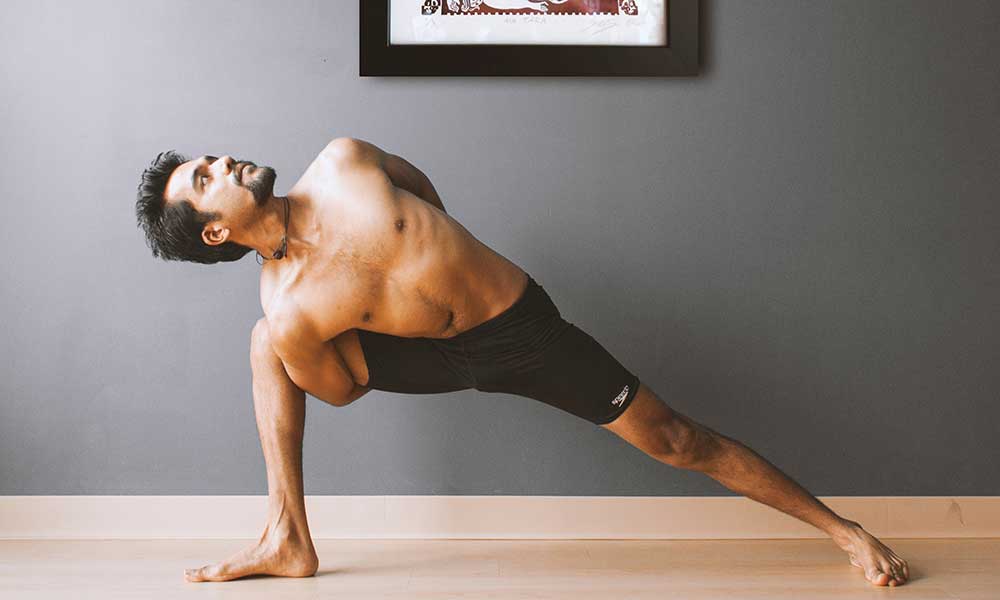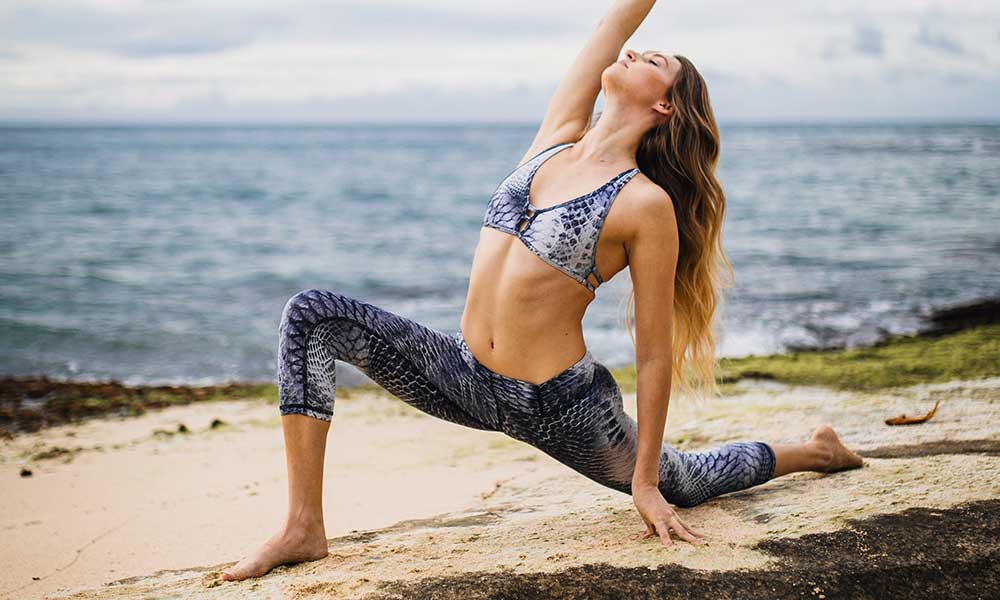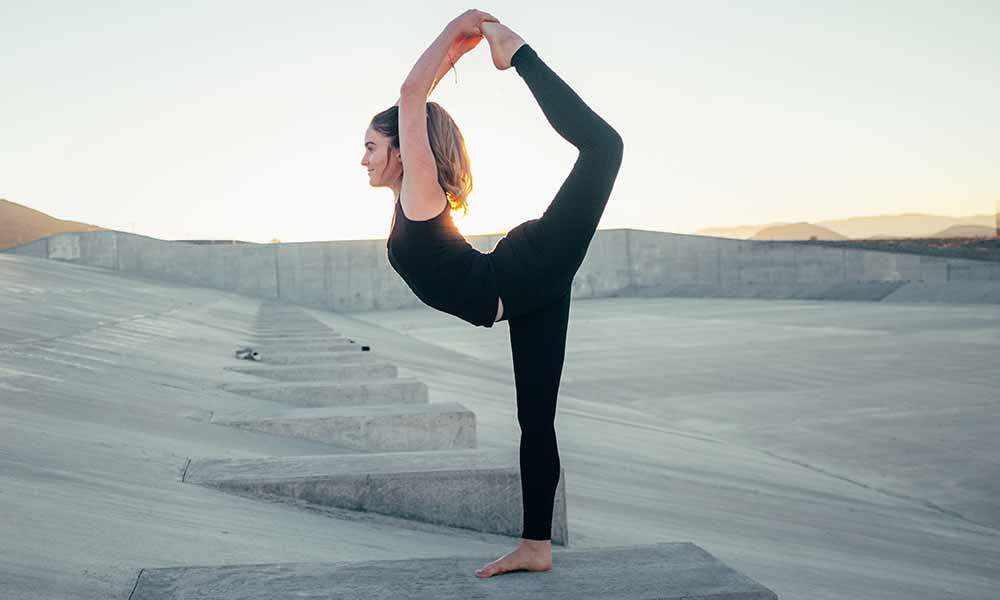If you’ve ever been a member of a yoga studio, you may have seen “slow flow” listed on the class schedule.
Many yoga studios will offer a variety of classes to expose yogis to a range of techniques and practices.
While some classes, like power yoga, are intense and fast-paced, other types are geared toward relaxation and concentration.
“Slow flow” is a broad term that is commonly used to describe a style of yoga that requires you to hold poses for longer than you would in a standard power yoga or Vinyasa class.
In this article, we will discuss the many benefits of slow flow yoga and how it works.
What Is Slow Flow Yoga?
For centuries, yoga has been a noteworthy practice that detoxifies the mind, body, and spirit.
In our fast-paced society, it exists as a haven to help us overcome stress, physical pain, and spiritual stagnation.
In modern day, its ever-growing popularity has led to the development of various types of yoga styles, stemming from the traditional practice.
If you’re new to yoga, it can be overwhelming trying to decide which class is best suited for your needs.
Slow Flow yoga is a blanket term used to describe styles of yoga where there is an emphasis on holding the postures for a longer period.
It is a low-impact workout that can slowly help you to build strength and improve flexibility.
Slow flow yoga gets most of its roots from Hatha and Vinyasa. Here are some of the poses you can expect to see in a slow flow class:
- Supported backbend.
- Supported bridge pose.
- Supported twist.
- Supported triangle pose.
- Supported half lotus.
- Seated forward bend.
- Wide-legged seated forward bend.
Vinyasa And Hatha Yoga
Slow flow yoga is a form of yoga that was derived from Vinyasa and Hatha.
In Vinyasa yoga, participants transition between poses in a “flow” while Hatha yoga focuses primarily on breathing, stretching, simplicity, and strength building.
When you combine these two dynamic yoga styles, slow flow is the multifaceted love child.
A common assumption about slow flow yoga is that it is done at a slow pace, like yin, or that it has a longer run time.
The truth is, slow flow yoga will give you the pace of a sweaty work out session coupled with the deliciousness of some feel-good stretching and breathing.
Overall, slow flow yoga is meant to be a fluid and relaxing experience.
The Benefits Of Slow Flow Yoga
Yoga is popular for a reason—there are a ton of benefits to be gained regardless of which style of yoga you practice!
Here are some of the benefits you can get from taking a slow flow yoga class.
Physical Benefits
- It improves flexibility and strengthens muscles. The fluid, flowing postures help to prevent lactic acid build-up in the muscles, preventing muscle fatigue and tissue damage.
- Increases mobility in the joints, especially the hip and shoulder.
- Slow flow yoga is a practice that requires you to be able to hold the weight of your physical body in a pose for short periods. This naturally enhances our self-awareness.
- Your basic metabolic rate will improve, aiding with weight loss and lowering high cholesterol.
- The soft, flowing movement of yoga sends some tender love and care directly to your major organs. The pressure they experience during the twists and bends of different postures can have a positive impact on a number of health conditions such as asthma, constipation, menopause syndrome, and thyroid issues by enhancing the blood flow to these organs.
- It improves balance, stamina, and endurance.
- The act of deep breathing naturally increases lung capacity as well as the amount of oxygen in the blood.
Mental Benefits
- The combination of exercising and mindful breathing helps to reduce stress and tension.
- Practicing the exercises repeatedly gives you an opportunity to be self-aware and improve a little bit each time.
- The meditative element of slow flow yoga can improve your ability to concentrate.
- Slow flow yoga can help create an overall feeling of wellness as well as boost self-esteem.
If you are curious about trying a slow-flow class, see if your yoga studio offers one or search around for different studios in your area.
Most people can participate in a slow flow yoga class, regardless of your skill level.
However, always be sure to avoid any poses that feel painful or extremely uncomfortable.
Frequently Asked Questions (FAQ’s)
Here are some of the most common questions that people have about slow flow yoga.
Is Slow Flow yoga for Beginners?
Most people should be able to take part in a slow flow yoga class.
However, it might be best to take a regular Hatha class first so you can get the moves down before “flowing” through them in a slow flow class.
What is slow flow yoga good for?
Slow flow yoga is the perfect activity to do if you want to get some physical exercise in, while also relaxing and winding down for the day.
Is slow flow yoga hard?
Slow flow yoga is meant to be a relaxing experience, so it shouldn’t be hard, but it is helpful to be at least somewhat familiar with the poses before having to flow through them in a class.







